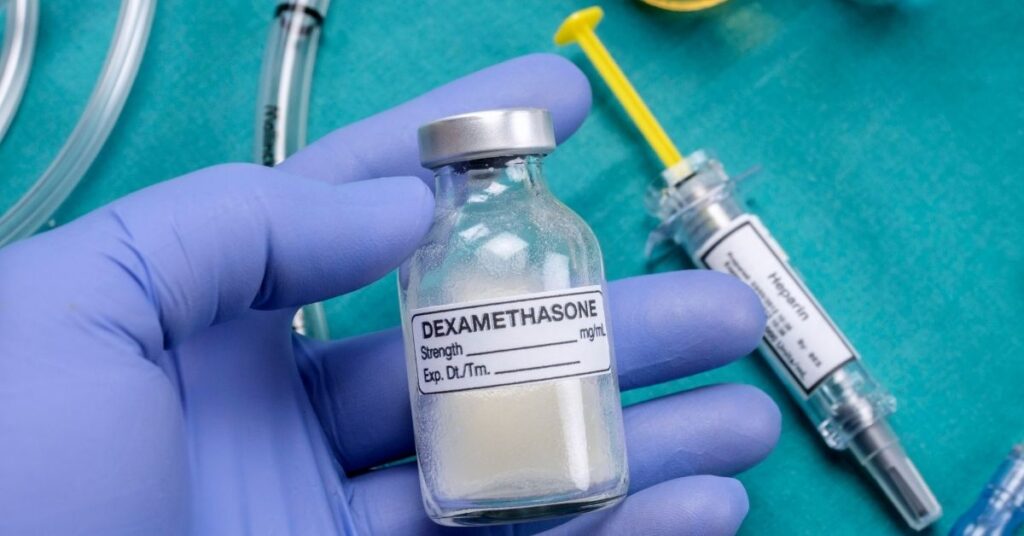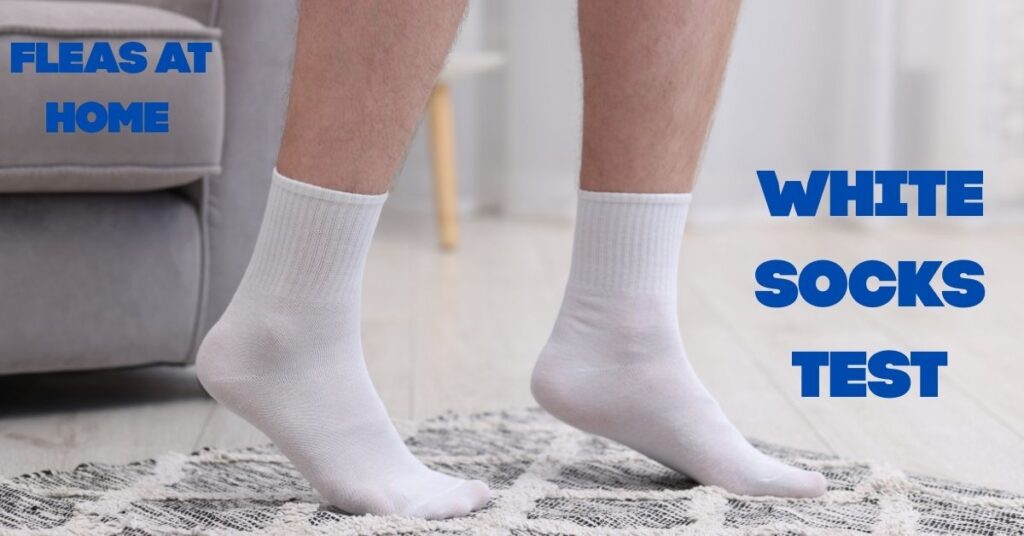Now Reading: Cat Age Chart: Convert Your Cat’s Age to Human Years
- 01
Cat Age Chart: Convert Your Cat’s Age to Human Years

Cat Age Chart: Convert Your Cat’s Age to Human Years
Wait… My Cat Is How Old in Human Years?
Ever stared at your cuddly 5-year-old cat and thought, “She still acts like a kitten, but is she really young?” You’re not alone. Many cat parents in the U.S. are curious about their pet’s true age—especially when behavior changes or health needs start showing up.

Well, that’s where the magic of the cat age chart comes in. It helps you convert your cat’s real age into human years so you can better understand what they’re going through—and what they need.
Let’s break it down in a way that’s not only vet-approved but super simple.
What Is a Cat Age Chart?
A cat age chart compares a cat’s age in calendar years to the equivalent in human years. This helps cat owners understand the life stage their feline is currently in—whether they’re still playful like a toddler or slowing down like a senior.
Unlike dogs, cats mature really quickly in their early years. A 1-year-old cat is roughly 15 in human years!
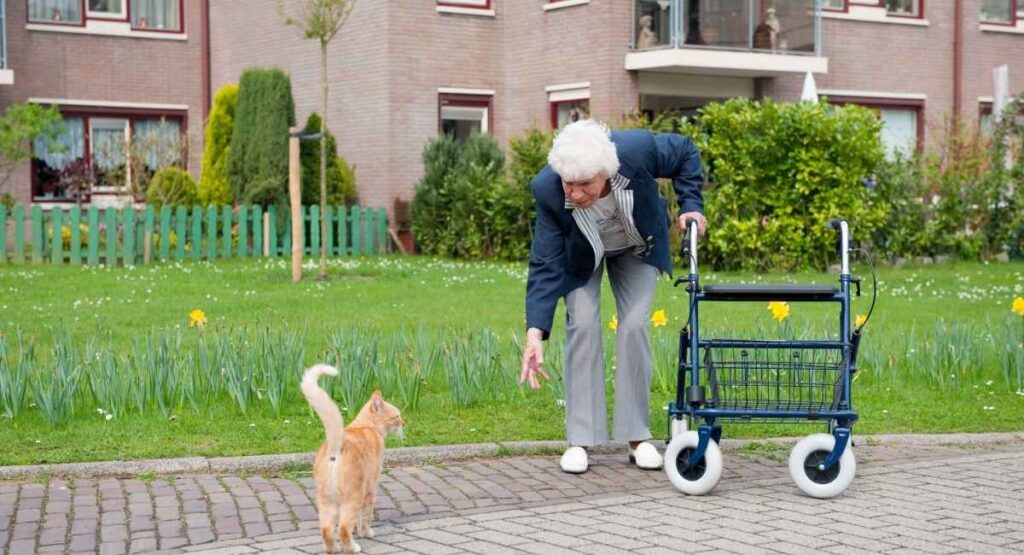
Here’s a simplified breakdown:
| Cat’s Age (Years) | Human Years Equivalent |
| 1 | 15 |
| 2 | 24 |
| 3 | 28 |
| 4 | 32 |
| 5 | 36 |
| 6 | 40 |
| 7 | 44 |
| 8 | 48 |
| 9 | 52 |
| 10 | 56 |
| 11 | 60 |
| 12 | 64 |
| 13 | 68 |
| 14 | 72 |
| 15 | 76 |
| 16 | 80 |
| 17 | 84 |
| 18 | 88 |
So if your cat is 10 years old, they’re about 56 in human years—approaching that classic “senior” stage where they may need some extra TLC.
Why the Cat Teeth Age Chart Also Matters
If you just adopted a rescue or stray and aren’t sure about their age, the cat teeth age chart can help. Vets often look at the teeth to estimate age:
- 2-4 weeks: Baby incisors appear
- 3-4 months: Permanent teeth begin erupting
- 6 months: All permanent teeth are in place (bright white)
- 1-2 years: Slight yellowing on back teeth
- 3-5 years: Tartar builds up and possible early gum issues
- 5-10 years: More wear and tartar; some tooth loss may start
- 10+ years: Worn, discolored, or missing teeth
While not perfect, this method—when paired with the cat age chart—can give you a solid age estimate.
Also Read: Dog Teeth Cleaning Tricks: Natural Ways to Freshen Your Dog’s Breath
Life Stages According to the Cat Age Chart in Human Years
Let’s explore what your cat needs at different life stages:
Kitten (0-6 months / 0–10 human years)
- Curious, energetic, needs socialization and vaccinations.
- Frequent small meals and playtime are essential.
Junior (7 months–2 years / 11–24 human years)
- High-energy and in training mode.
- Spaying/neutering recommended.
- Watch for behavioral changes.
Prime (3–6 years / 28–40 human years)
- Active but balanced—great health window.
- Maintain regular vet checks and weight monitoring.
Mature (7–10 years / 44–56 human years)
- May start slowing down.
- Consider senior diet, joint supplements, more indoor play.
Senior (11–14 years / 60–72 human years)
- Monitor for signs of arthritis, kidney issues, or vision loss.
- Vet visits twice a year recommended.
Super Senior (15+ years / 76+ human years)
- Prioritize comfort, warmth, and consistent vet care.
- Adapt feeding and exercise needs.
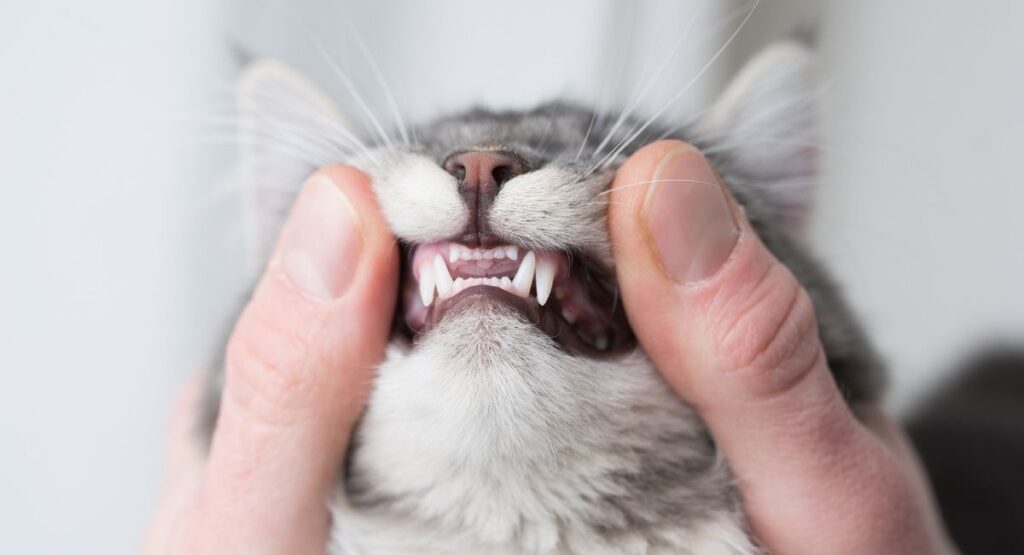
Common Misconceptions About Cat Age
- My cat’s 5—they’re still a baby!
Nope! According to the cat age chart, your 5-year-old feline is in their mid-30s human-wise.
- She’s 12 but doesn’t act old.
Great! Some cats age gracefully. But don’t skip those vet checkups—some health problems stay hidden.
How to Adjust Care Based on Cat Age
Now that you know your cat’s human-age equivalent, use this insight to tweak their care:
- Senior cats need softer bedding and easier litter box access.
- Younger cats need more toys and stimulation to prevent boredom.
- Middle-aged cats? Keep an eye on their weight and dental hygiene.
The cat age chart isn’t just trivia—it’s a roadmap to better care.
May Also Love To Read: Boy or Girl? Cute Bunny Names That’ll Work!
Fun Facts You Didn’t Know About Cat Age (But Should!)
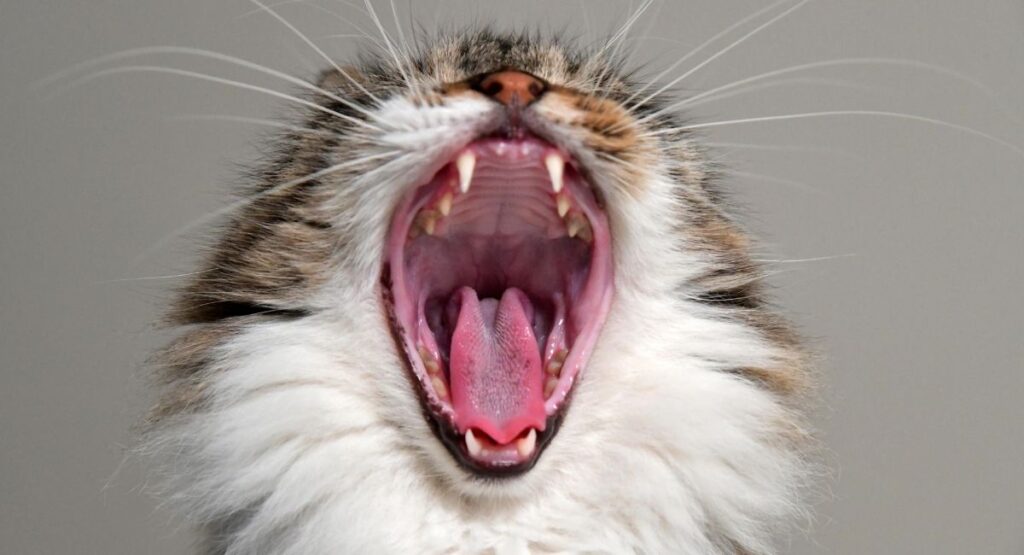
Think you’ve got your cat’s age figured out? Think again! The cat age chart is just the beginning. Here are some fun (and surprising) facts to make you fall in love with your feline all over again:
- A 1-year-old cat is roughly the same age as a 15-year-old human—but way better behaved!
- Indoor cats often live longer than outdoor cats. Why? Less risk of accidents, infections, and bad weather.
- The oldest cat on record, Creme Puff, lived to be 38—which is over 160 in human years! Let that sink in.
- Most cats hit “senior” status by age 11, even if they still act like teenagers zooming around the house at 3am.
So next time you celebrate your cat’s birthday, remember—you might be living with a middle-aged roomie who just happens to chase string like it’s 1999.
FAQs
Yes! It’s vet-approved and gives a strong guideline, especially when paired with signs like energy, weight, and dental condition.
Use the cat teeth age chart if you’re unsure—teeth give the best clue in early years. After that, it’s about behavior and health.
Absolutely. According to the cat age chart in human years, they’re now in their late 50s. Extra naps are expected!
Yes! Senior cats need diets with fewer calories, more fiber, and often extra joint support. Ask your vet for a recommendation.


